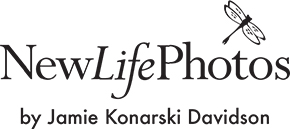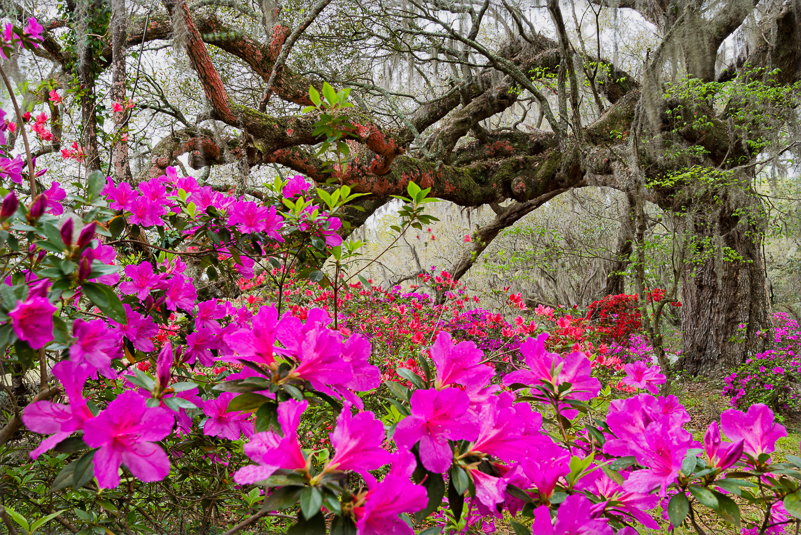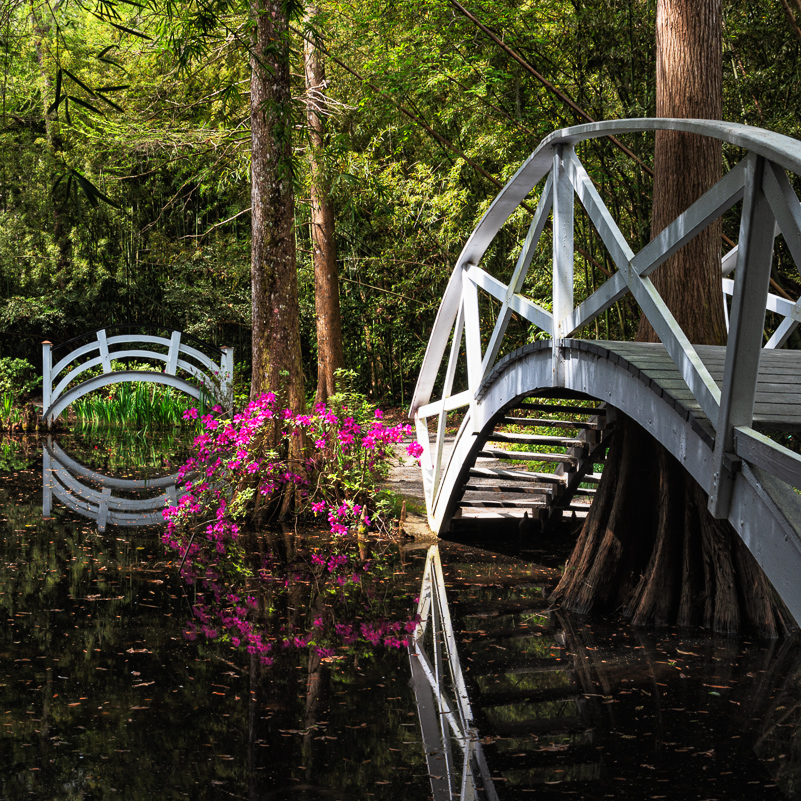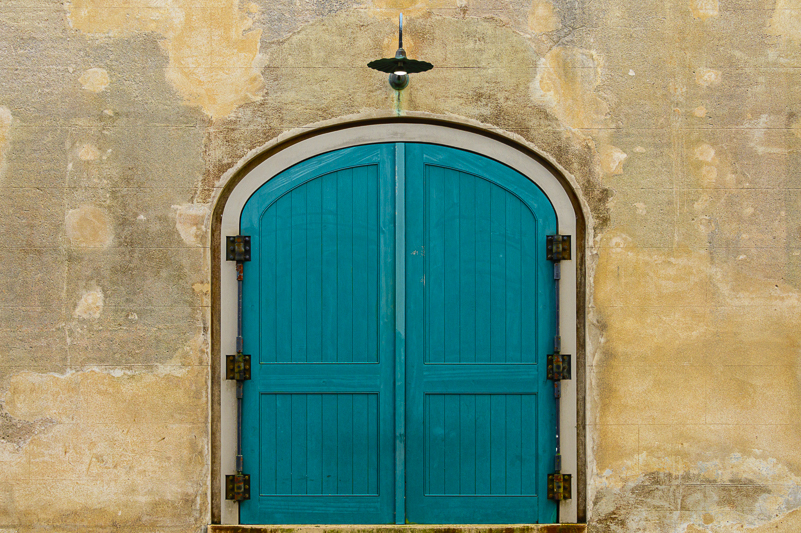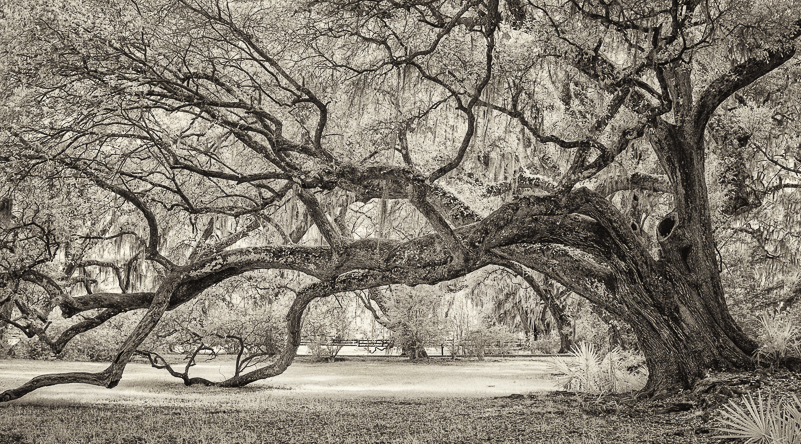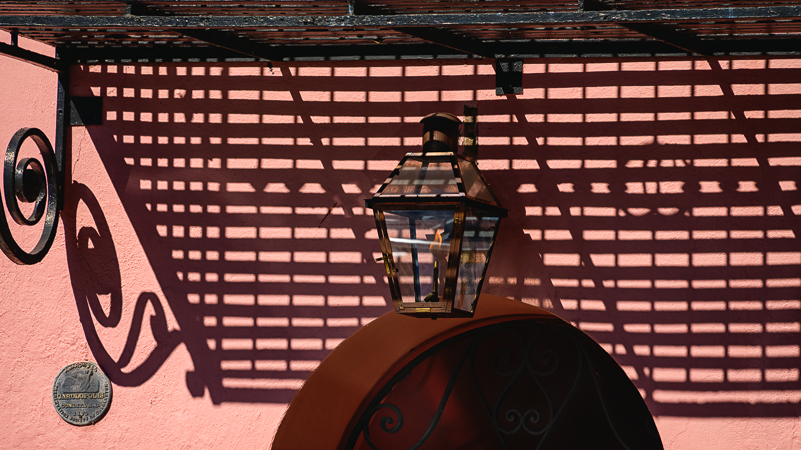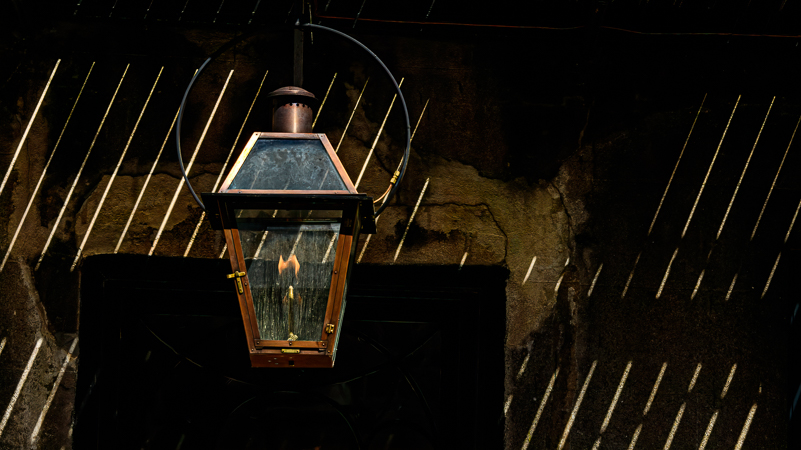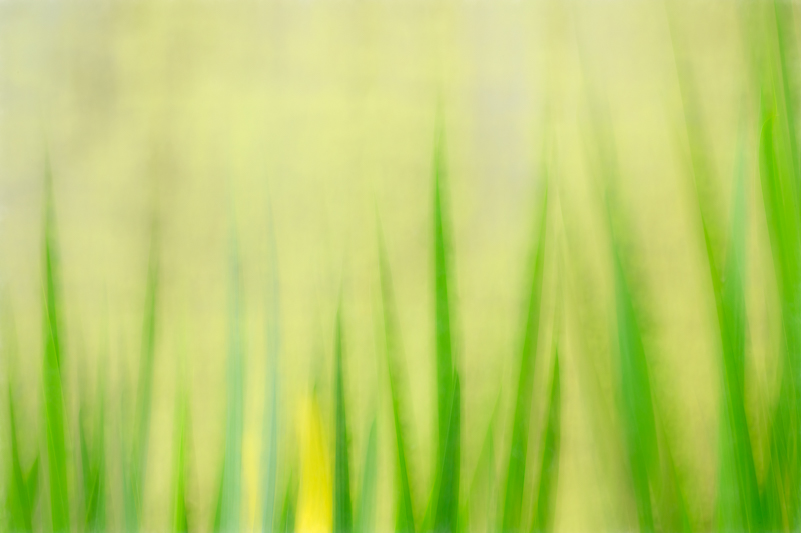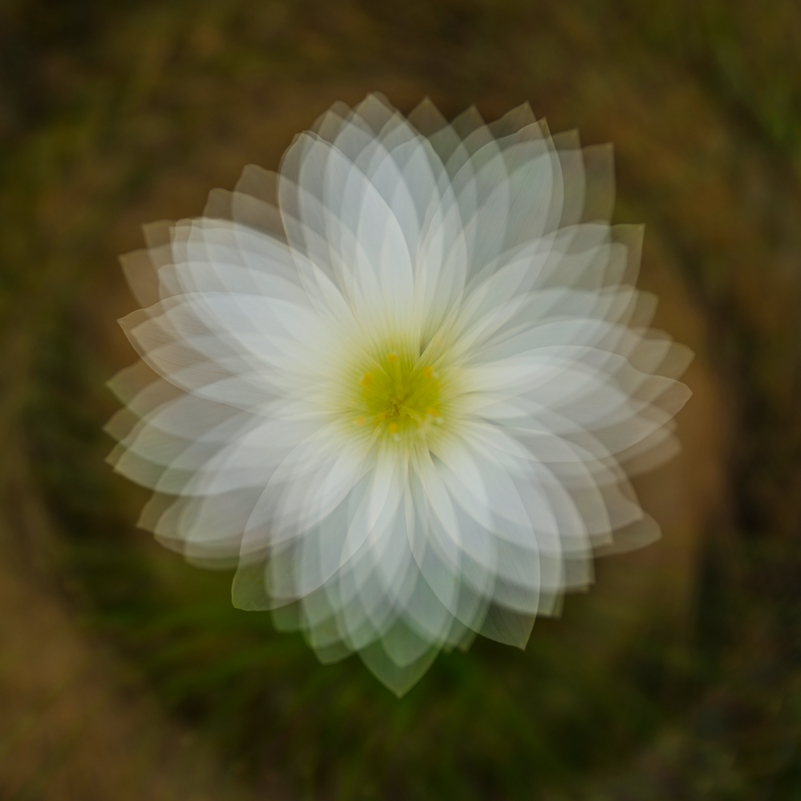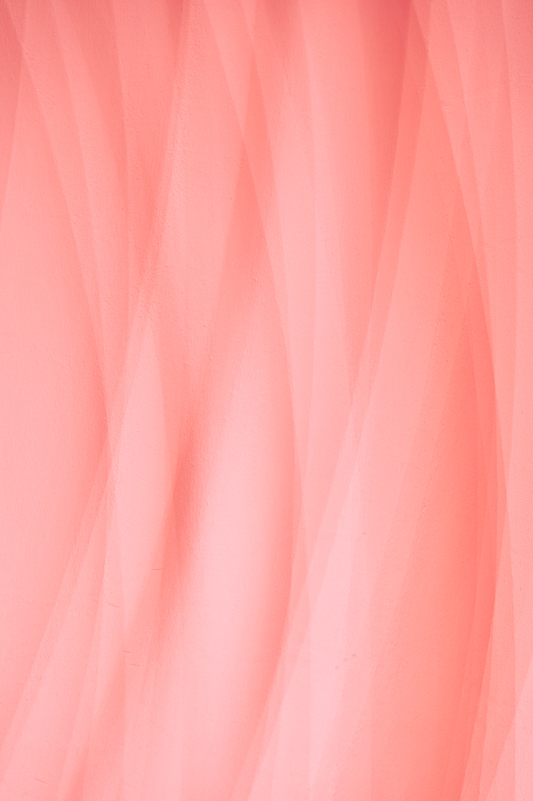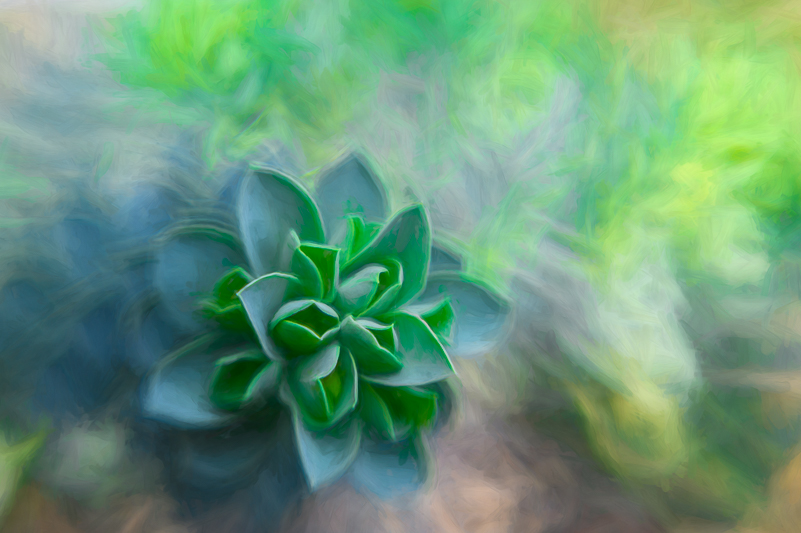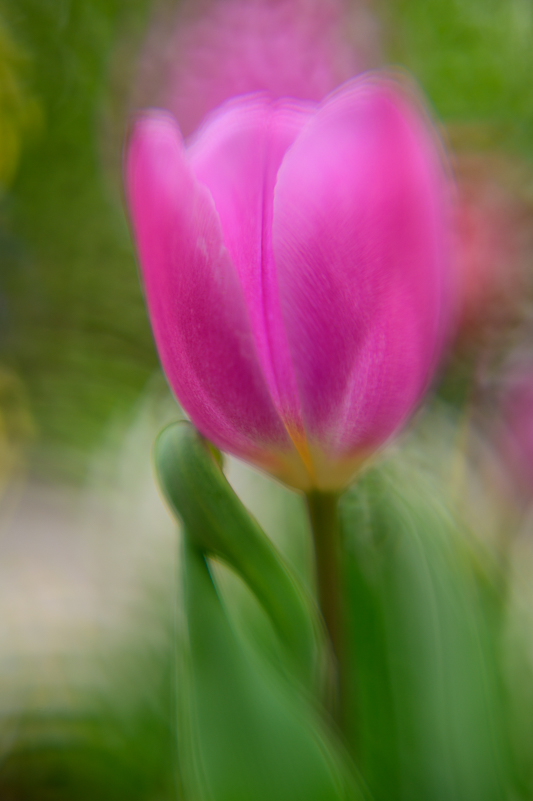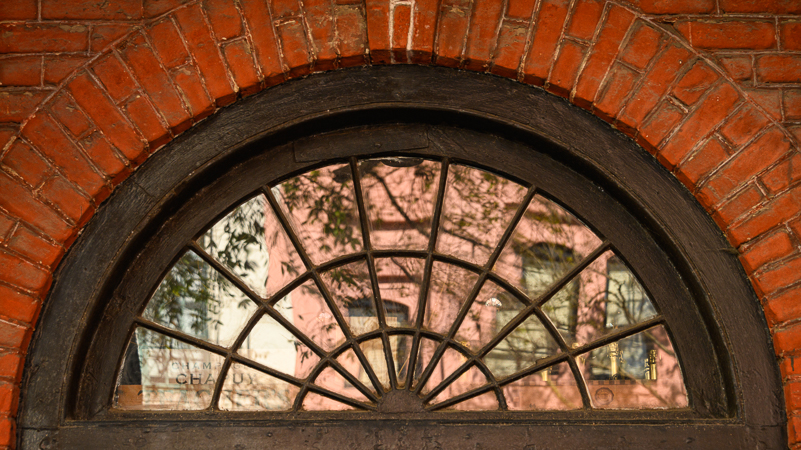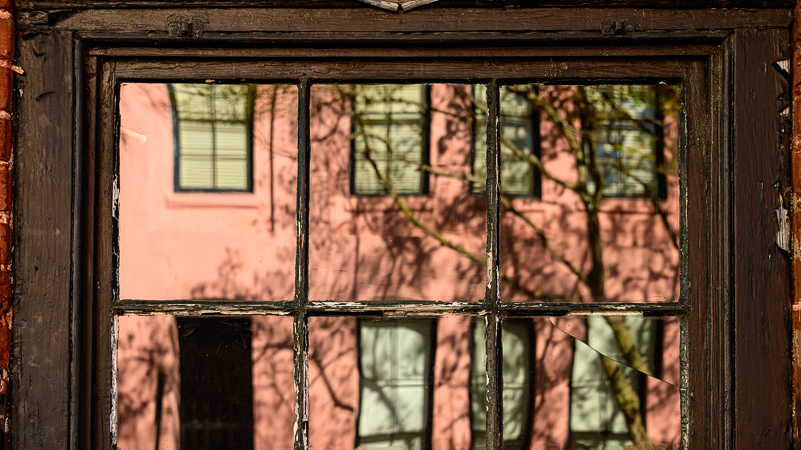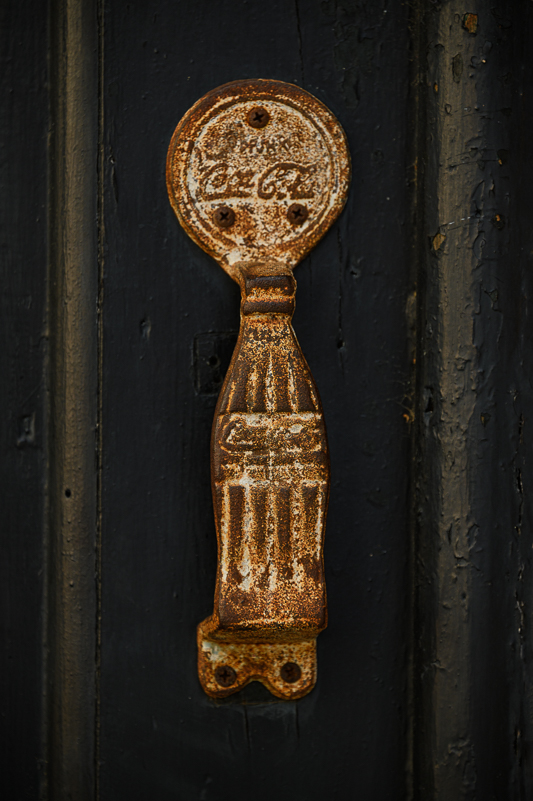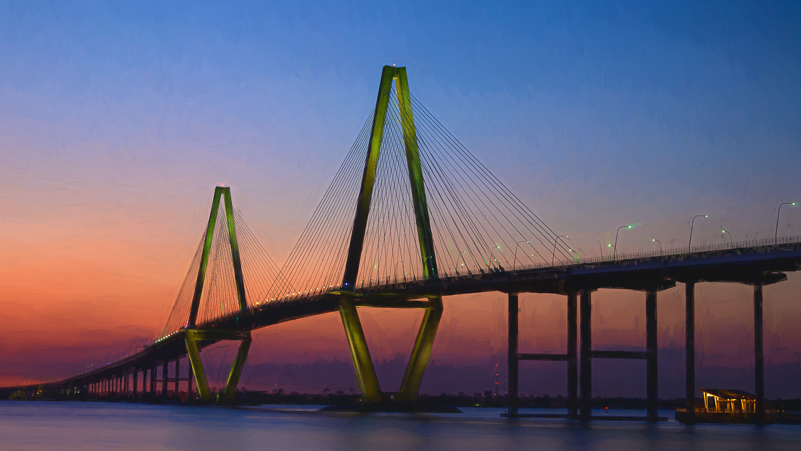We all have expectations, but sometimes the greatest thing is to be surprised with what happens and to find out that it is quite different from the way you imagined it.
–Alex Zanardi
I grew up in a generation where having expectations was a good and normal thing, a motivator, a bar to reach for. It still is. This word – expectations – has been rolling around in my brain for a while now. So, I looked it up for some context. Generally, it is described as a strong belief or hope that something will happen, be that the case in the future or that you will get or achieve something that you want.
The word is also linked with the potential that disappointment could be right around the corner. Hence, the many quotes I found that expressed the idea – “NO EXPECTATIONS – NO DISAPPOINTMENT.” I prefer to embrace a different, more positive view. I’ve learned that I’m much more likely to “succeed,” make progress and reach goals if I place some expectations on myself. The danger zone for me is when expectations sit on the edge of “perfect.”
I’m pretty certain that Italian car driver, Alex Zanardi, expected to be racing beyond 2001, when he lost his legs in an IndyCar race in Germany. He probably wasn’t “expecting” to become a four-time, gold-medal winning Paralympic hand cyclist either. If you’re interested in that story, here’s a link to follow. I know that I wasn’t expecting to do anything more than take pictures and learn how to be a better photographer when I bought my first camera in between two breast cancer diagnoses. Nowhere on my radar did I see photographer, educator, writer, mentor and presenter/speaker – not even close.
EXPECTATIONS AND PHOTOGRAPHY
So, how do we relate expectations to photography? Very easily. Where do we start? How about thinking or expecting to be able to make great pictures with great (aka expensive) gear by simply pushing the right button? Having a “real” camera doesn’t guarantee that the images you make will be great. It just doesn’t work that way no matter now much or how little your gear costs. You’ve got to learn how to “drive.” You need to pay attention, look where you’re going and learn how to navigate any obstacles along the way. You’ve got to do the work to go from a “point & shooter” to a more thoughtful, intentional photographer whose work resonates and stands out above the barrage of visual rapids in this world.
So, if you “expect” to become a person who makes photos that speak clearly, evoke emotional responses and reflect your vision, you’ve got to set some bars and goals to work toward. No one that I know has ever graduated from high school or college without doing the work and meeting the expectations required of them. To get to whatever our own next level is, we need to do the same. Set a goal and do the work. When I first started in photography, my goal was simply to be “better.” It was my job to set the parameters and expectations for myself. What did or does “better” mean to me? What does it mean to you? The more specific the goal, the easier it is to determine the steps to reach it. Your expectations for yourself and your goals are personal to you, regardless of the level of expertise.
(In case you didn’t pick up on this already, the cover image of azaleas and live oaks from Magnolia Plantation is the scene many of us were “expecting” and hoping for this month. The scene came weeks earlier than usual.)
EXPECTATIONS AND CONTROL
How about those expectations we have for all our travels and efforts, for example, to capture a specific iconic image or even a magnificent sunrise? We’ve had it all planned out, driven or flown miles and miles to get to “that exact spot, expecting to be met with perfect conditions. When we get up at “O-Dark 30” and drive in the dark hoping and expecting to be able to photograph the glory of the morning we’ve seen in other images, we want (no, often expect) it all to come together for us, too. We want what we want. Who doesn’t? Who wouldn’t? We want the sun, the color, the clouds and the magic; we make all the efforts, and it doesn’t happen. Now what? Go ahead, leave, go on home … what a waste, right? Nope!
We adjust our attitude and perspective and adapt to what we DO have. It’s the only way, really. And, quite often, we can be surprised by what happens. As to weather and other conditions, I always tell my workshop clients that, “I put in the request. . . Sometimes, the answer is a resounding ‘yes,’ and other times it’s ‘not today’.” Go with it. Our expectations (especially the unmet ones) can thrust us in whatever direction our attitude moves us in. We’re not in charge of all the things we’d love to be in charge of. Make the lemonade. It’s much better.
ADVENTURES IN ADJUSTING AND ADAPTING
Again with the weather. Whether we like it or not, we will always have it. (It’s just one of the many things we cannot control.) It’s officially spring, according to the calendar. While in Charleston earlier this month, the temperatures ranged from 32 to 83 degrees. While scouting and during the workshop, we had cloudless, blue sky days. We had rain and cold. I even wore four layers, including my winter coat, hat and gloves. I had hoped for bright overcast light for my historic district wanderings, but got bright, leaning toward harsh light. I wanted, was hoping for and “expected” to have a flourish of color and azalea blooms amid the oak alley at Magnolia Plantations. I knew coming in that this was a “fat chance” situation this year. According to the calendar and past experience, my dates were supposed to be good for all that and more. The answer to my requests for color, bright overcast and some clouds were met mostly with “not today.” Oh, pooh.
So, what did I and my intrepid workshop group do? We went with the flow, adjusted and adapted. We were blessed with a first morning of great clouds in our skies. It was awesome. We “experienced” places and moments as they presented themselves. We photographed shadows and shapes, learned and practiced intentional camera movement, worked multiple exposures and found unique details tucked in the cubbyholes of every location. We photographed scenes in infrared, embraced soft focus and Lensbaby possibilities and pushed through several really long days. And, when it was over, and we shared our first wave of favorite images, the results were fantastic.
GREAT GARDEN EXPECTATIONS
If you know me, you know I love my flowers and gardens. Over the years, I’ve ventured out many, many times to photograph the blooms in hopes (expectation) of “perfect light” and ideal conditions. You know, the windless gardens under beautiful, soft cloud cover? And, often, I’ve been met with winds to beat the band, “early and gone” or “late and fading” flowers. I have never turned around and gone home. Never. Instead, I’ve gotten in the good practice of “reframing.” I find other ways to enjoy myself, even if it means that I don’t get the images I was hoping for. Usually, in these “off” times, I come away with more unique images, ones I would have never otherwise made. I might have walked past the opportunities. Funny how we sometimes see new things only when the obvious isn’t smacking us in the face. Basic etiquette in gardens that are not your own is required and rightfully expected. That’s when creativity in adversity comes in handy. It’s not like being a home, free to adapt to elements in other ways, like cutting flowers and bring them inside to model for you. That’s the beauty and benefit of filling your toolbox with an expanded variety of image-making tools and techniques.
FINAL THOUGHTS ON EXPECTATIONS
It’s good to set goals and expectations for ourselves (and others, when relevant). It gives us something to work toward, to achieve – whatever that thing is. It’s REALLY good to let go of “perfect” and go for doing our best. It’s good to challenge ourselves, to reach and strive … and even “fail.” And, when we fall short, we need to get up and try again.
My own photography would have stayed in a very “not so great” state if I hadn’t worked hard to learn what I needed to learn to get better (not perfect). If I wasn’t open to honest feedback; and if I didn’t seek out others to learn from, I’d still be taking the pictures I was when I started, not the images I am making now. Learning more is a continual process, and I’m grateful for the myriad of opportunities that are available to all of us from all over the world.
Expectations are neither all good nor all bad. Personally, I believe it’s healthy to have realistic expectations for ourselves, our photography and all areas of our lives. It pushes us forward in our photography and in life. I also appreciate what Les Brown has to say about this subject:
Make each day count by setting specific goals to succeed, then putting forth every effort to exceed your own expectations.”
That sounds reasonable and personal enough for me.
